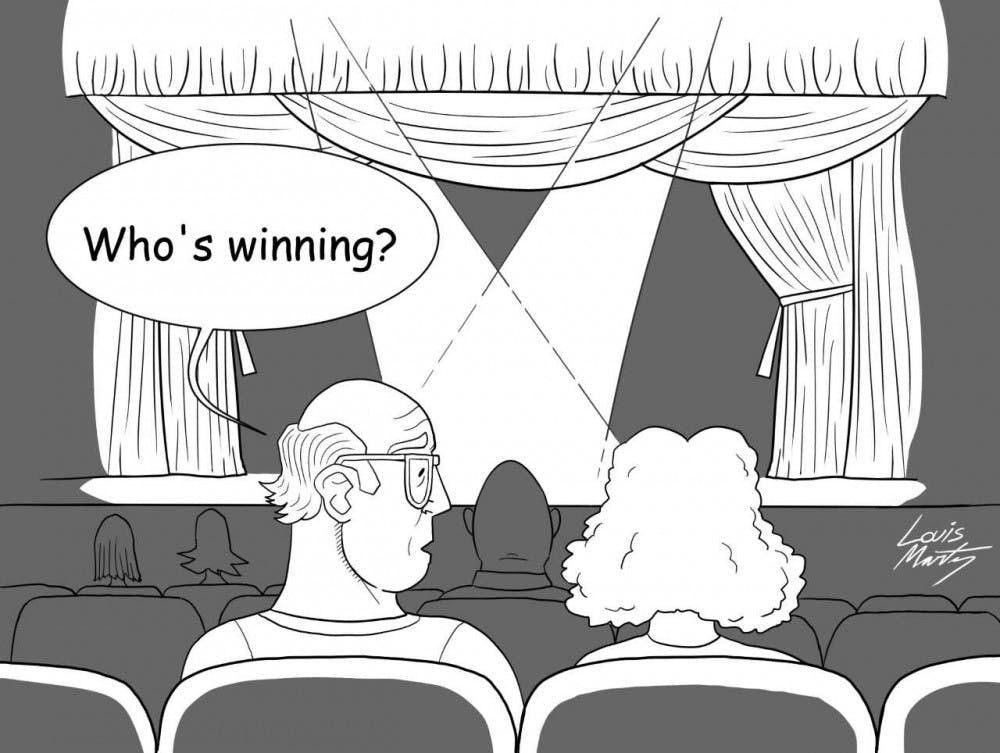Last week, the Jay and Susie Gogue Performing Arts Center officially opened its doors. With a construction timeline lasting more than two years and a budget of over $70 million, this performing arts center is one of the most expensive building projects that Auburn University has ever completed.
For a school in Alabama that has often been labeled as a cow college or a sports school, this is a large step in a different direction for Auburn.
Jordan-Hare Stadium, arguably Auburn’s most iconic and recognizable building, was built in the 1930s and cost $1.5 million which roughly equates to $28 million today. Over time, additions and renovations have been made to the stadium, but no single renovation has been more expensive than the Gogue Center’s budget.
Only a few of the large, contemporary construction projects undertaken by the University have surpassed that $70 million mark.
The Auburn Arena cost $86 million dollars in 2010, and there are two projects currently underway which will be more expensive than the Gogue Center.
The Academic Classroom and Laboratory Complex, which will eventually replace Parker Hall, will cost $83 million, and the Tony and Libba Rane Culinary Science Center will cost $95 million.
Nevertheless, the University is putting a lot of money into widening its appeal and defying stereotypes which have been leveled against it.
As the thousands of agricultural and athletic students will tell you, there is nothing wrong with cows and pigskins, but this new arts center is a much needed expansion of Auburn’s appeal.
That is because Auburn, as a town and university, is growing. The City of Auburn’s population has been growing steadily since 2010, and the University has had an increased enrollment every year since 2005.
Growth, especially at the pace and duration that Auburn has experienced in the last decade, can be a massive challenge to a community. Insufficient infrastructure, tensions between locals and newcomers, parking deficiencies and rising housing prices can divide and weaken a town.
Of course, Auburn is not immune to these challenges.There are seemingly constant debates in City Council meetings about zoning regulations and building heights, and it feels like traffic cones around a construction zone have become a permanent design choice.
But the end result of that construction, at least in the instance of the Gogue Performing Arts Center, can be a really good thing for a growing community.
Last week, the center’s inaugural event featured COIN and LANY, two indie pop bands. Next month, the center will host Renée Fleming, a Grammy Award-winning singer who has performed at a Nobel Peace Prize ceremony and Queen Elizabeth II’s Diamond Jubilee concert in Buckingham Palace. An acrobatics team is performing in October, and a musical comedy about Jimmy Buffett will be there in December.
The center’s line-up for the rest of this year alone is a diverse group of performers intended to cater to a wide variety of audiences.
Similarly, the funding for this project came from a wide variety of sources.
$25 million, over one-third of the center’s construction budget, came from John and Rosemary Brown’s $57 million donation to Auburn.
The City of Auburn has already donated $1.5 million and has promised another $50,000 every year for the next three years.
Smaller donors had incentives like signing the custom-made Steinway piano which will be used for some performances.
In all, a community has gotten behind this effort.
Going forward, as the Auburn community continues to grapple with the challenges brought with an expanding population, it is important to point out the areas where the city and University are working to broaden their appeal and invest in improvements.
Growth can be good — especially when it means more people get to enjoy the things they love.
Do you like this story? The Plainsman doesn't accept money from tuition or student fees, and we don't charge a subscription fee. But you can donate to support The Plainsman.





